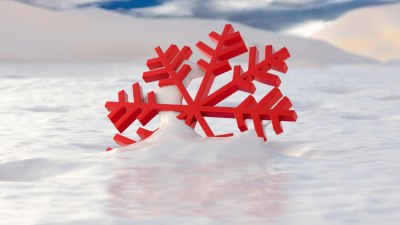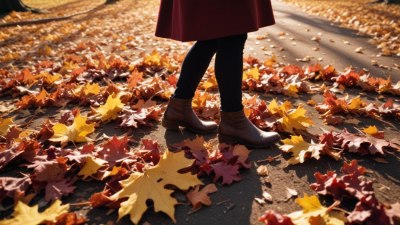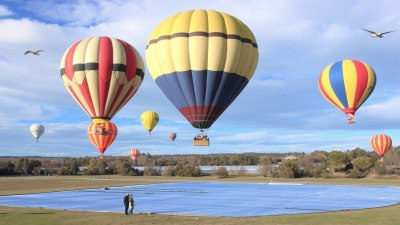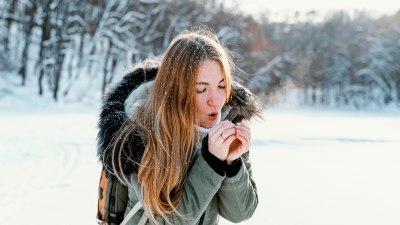What Causes Red Snow in Polar Regions The Mystery of Watermelon Snow
Explore the phenomenon of watermelon snow in polar regions and discover its causes, effects, and environmental significance.

The phenomenon of red snow, commonly referred to as watermelon snow, occurs in polar and alpine regions, captivating scientists and nature enthusiasts alike. This unusual coloration, which resembles the pink hue of watermelon, is a peculiar occurrence that raises questions about its causes and ecological implications. In this article, we will delve into the factors contributing to this curious natural spectacle, exploring the biology and environmental conditions that lead to the development of watermelon snow.
The Science Behind Watermelon Snow
Watermelon snow is primarily caused by microscopic algae known as Chlamydomonas nivalis. These unicellular green algae thrive in cold environments, producing a red pigment called astaxanthin that gives the snow its characteristic pink color. The pigmentation acts as a protective mechanism against harmful ultraviolet (UV) radiation from the sun. During warmer temperatures, particularly in the spring months, the algae become more active, breeding and spreading across the surface of the melting snow, giving it that striking hue.
Conditions Favoring Watermelon Snow Formation
Several environmental conditions contribute to the formation of watermelon snow. First and foremost, the presence of snow itself creates a suitable habitat for these algae. As temperatures rise, the melting snow provides a nutrient-rich environment, allowing Chlamydomonas nivalis to flourish. This melting occurs in conjunction with increased sunlight, which stimulates algal growth. Additionally, the presence of certain nutrients, particularly nitrogen and phosphorus, can promote algal blooms, further enhancing the coloration of the snow.
Geographical Distribution
Watermelon snow is predominantly found in polar regions, such as Antarctica and Greenland, as well as in high-altitude areas around the world, including the Himalayas and the Rocky Mountains. The specific climate of these regions, characterized by cold temperatures, seasonal melting, and sufficient sunlight, creates ideal conditions for algal growth. Researchers have documented the presence of watermelon snow in various locations, underscoring its widespread occurrence in suitable habitats.
Ecological Implications
The presence of watermelon snow has significant implications for the surrounding ecosystem. The bright coloration can affect the albedo effect, which is the measure of how much sunlight is reflected by a surface. Darker surfaces absorb more heat, potentially accelerating snowmelt. This altered energy absorption can impact local climates and ecosystems, potentially affecting plant and animal life reliant on stable snow cover. Furthermore, the algal growth itself is a food source for various organisms, including insects and protozoans, playing a crucial role in the polar food web.
Climate Change and Its Impact
Climate change is significantly impacting polar regions, with rising temperatures leading to increased frequency and intensity of snowmelt. This phenomenon may, in turn, influence the growth patterns of Chlamydomonas nivalis and other snow algae. Some studies indicate that as temperatures continue to rise, the incidence of watermelon snow could become more prevalent, leading to changes in the overall ecosystem dynamics. Such shifts could have cascading effects not only on local biodiversity but also on global climate patterns, as altered albedo effects contribute to further warming.
Research and Observations
Scientists around the world are actively researching watermelon snow to better understand its implications and the broader ecological consequences of snow algae. By studying the growth patterns, nutrient requirements, and environmental conditions that favor the development of watermelon snow, researchers can glean insights into the health of polar ecosystems and the impacts of climate change. Ongoing observations are crucial for predicting how these phenomena will evolve in response to a warming planet.
Watermelon snow is a fascinating natural occurrence that reveals the intricate relationships within polar ecosystems. The vibrant color made possible by microscopic algae showcases the adaptability of life in even the harshest environments. As climate change continues to shape our planet, understanding the biology and ecological significance of phenomena like watermelon snow will be essential for conservation efforts and ecosystem management. Through continued research and observation, we can strive to unravel the mysteries of this vivid, yet delicate, aspect of our natural world.











